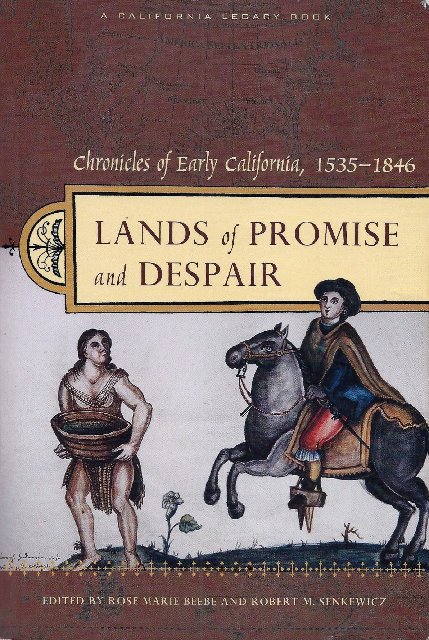


Quote: Originally posted by motoged  |
Quote: Originally posted by azucena  |
Quote: Originally posted by 4x4abc  |

Quote: Originally posted by BajaTed  |
Quote: Originally posted by David K  |

Quote: Originally posted by David K  |

Quote: Originally posted by gnukid  |
Quote: Originally posted by Sunman  |
Quote: Originally posted by caj13  |

Quote: Originally posted by David K  |